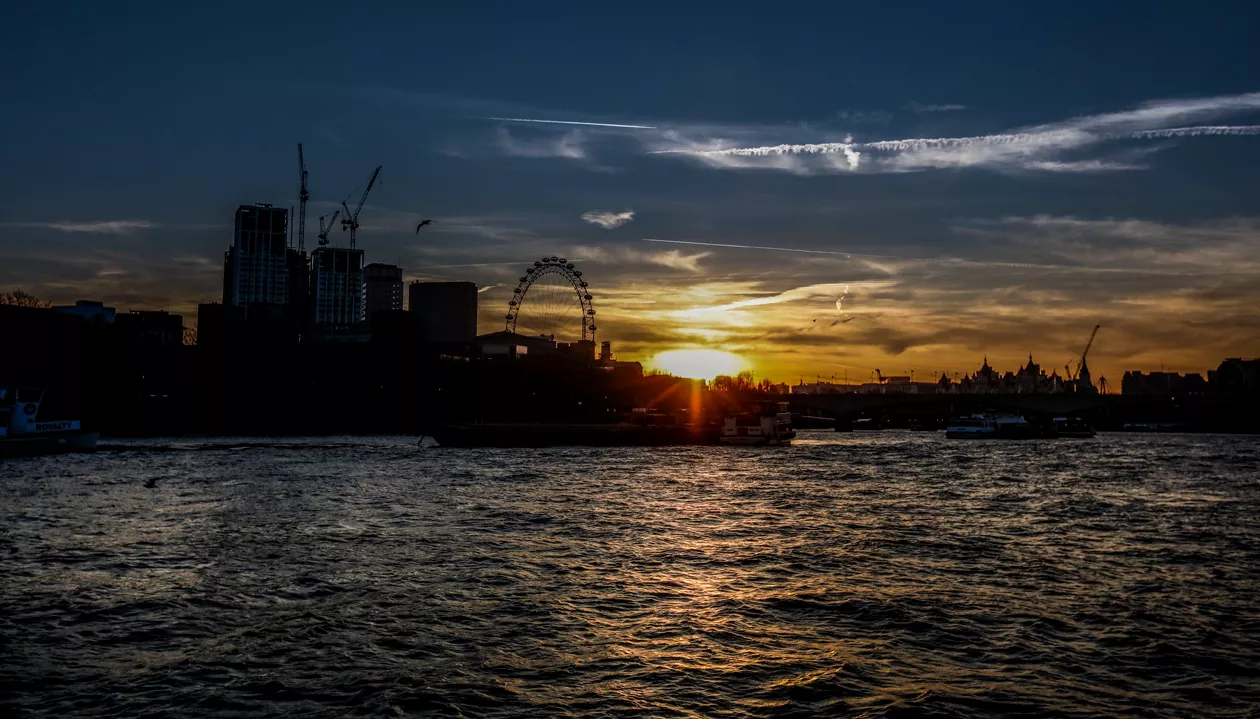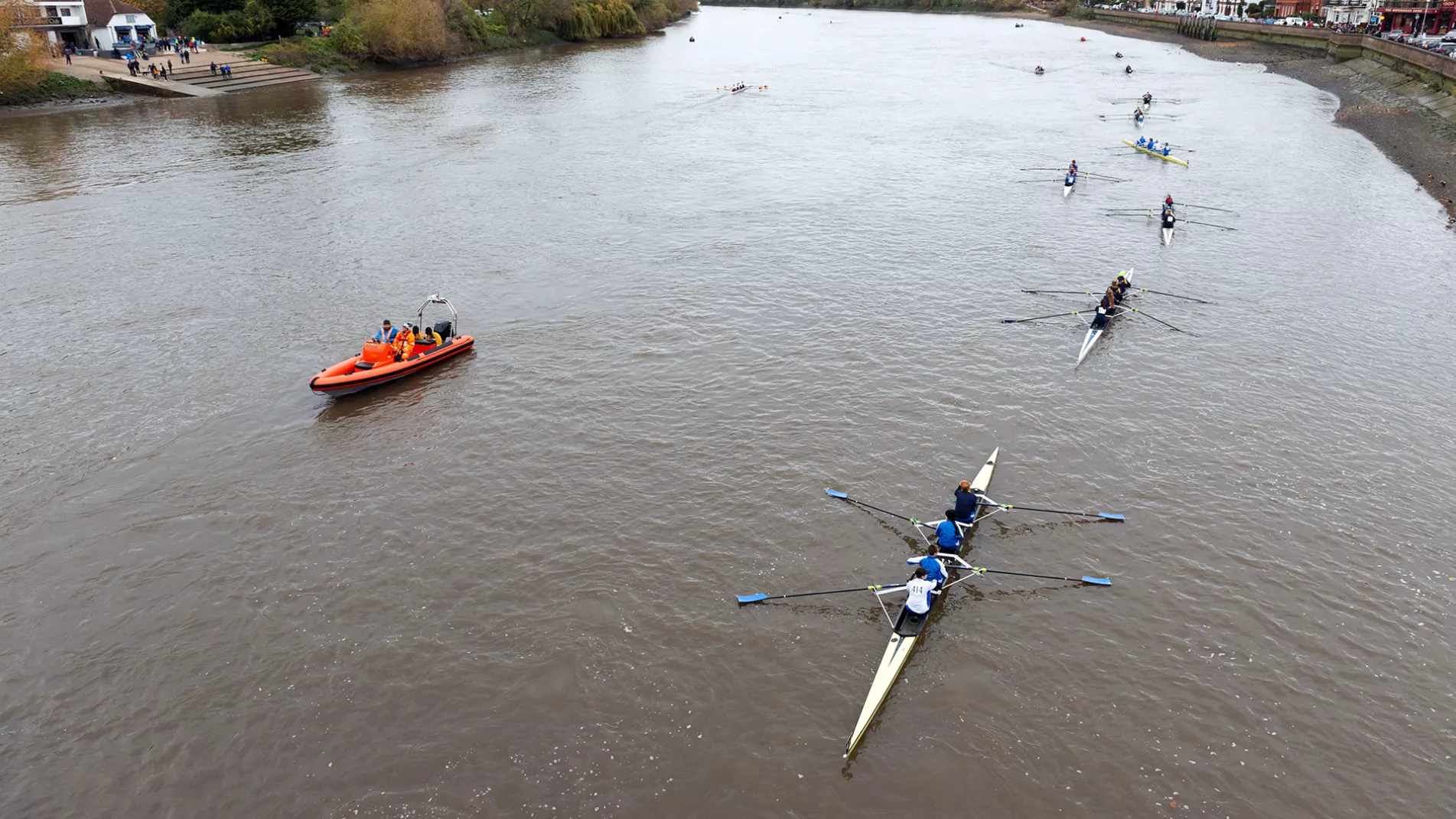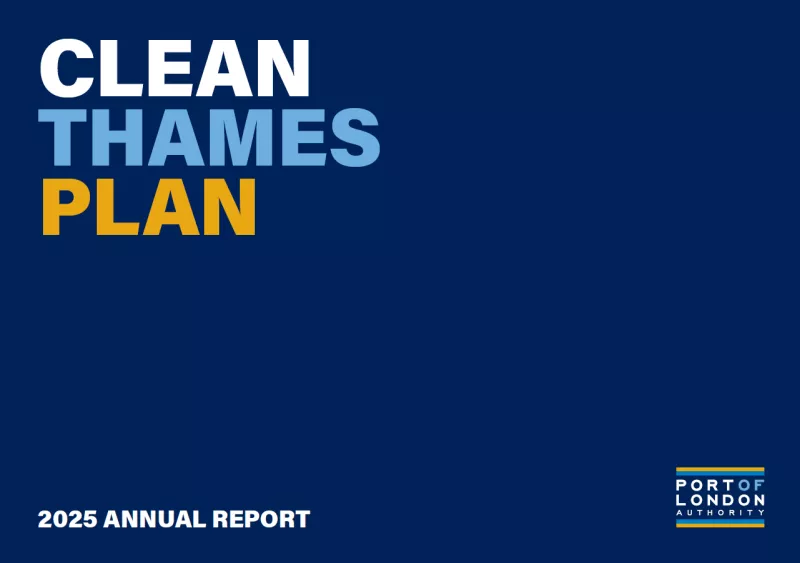Live Tides
NOTICES TO MARINERS
Charts & Surveys

Incident reporting
Life-threatening emergencies on the river:
Call 999 and ask for the Coastguard
For near miss, safety observations and incident reporting click below
Clean Thames Plan
Priority action plan for a clean Thames (2024-2030)
Healthy rivers are central to biodiversity and to human health and well-being.
The tidal Thames is an iconic and critical part of London and the UK’s identity. The Thames also provides habitats for a range of wildlife, protection against flooding and a space for recreation and reflection. However figures from the Environment Agency show that along with 86% of England’s rivers, the tidal Thames is not meeting its water quality targets as set out in UK legislation and that adopted by the UK such as the Water Framework Directive [1]. Restoring water quality within rivers in the UK is a priority for both the environment and communities that live alongside them.
Since being declared biologically dead in 1957, the tidal Thames has made a considerable recovery. Investment in infrastructure has improved the quality of water allowing the Thames to be home to many protected sites that provide a range of diverse, thriving habitats for numerous species of fish, birds, seals and other animals. ZSL’s State of the Thames report shows that water quality in the tidal Thames continues to show promising improvements [2], but with the impacts of climate change clearly apparent, we need to continue this work to safeguard the tidal Thames for future generations.
As a connected river and estuary system, the tidal Thames is a complex ecosystem. Pollution enters the tidal Thames from many sources and often these sources are connected to one another. It is also possible that pollution entering the Thames is transported out into the North Sea further exacerbating the pollution problem in the marine environment. In order to meet the challenge of pollution reduction in a complex system, the Port of London Authority (PLA) works closely with a wide variety of partners and key stakeholders.
To begin holistically tackling this problem in 2014 the PLA convened the Thames Litter Forum. The forum was created with a range of organisations, including NGOs, local authorities and community groups to co-ordinate approaches to tackle litter in the Thames. In 2018, the Thames Litter Strategy was published by the PLA, as part of the Thames Vision, with the Litter Forum. The Strategy set out the context for future action on litter in the Thames and outlined the types of actions that the Thames Litter Forum would work towards over the following five years.
As part of our ongoing dedication as a Trust Port to preserve the tidal Thames the PLA, in collaboration with our partners, is launching the Clean Thames Plan to address all forms of pollution impacting the river.
Tackling the sources of pollution in the Thames

Progress on reducing litter in the Thames
Since launching the Thames Litter Strategy in 2018, there has been significant progress in research, policy and action for water quality along the Thames.
In alignment with key legislative and policy developments, including the Environment Act 2021, the 25 Year Environment Plan, South East Marine Plan 2021 and the Ban on Single Use Plastics in 2023, our strategy has gained substantial momentum. The strategy was divided into four strategic themes: baseline and evidence, combating pathways of litter, removal of existing litter and behavioural change. Together with Thames21, we have been monitoring the abundance and type of litter in the tidal Thames via our litter rapid appraisal surveys. Our goal was to achieve 75% of foreshore graded B (foreshore predominately free from litter) or higher by 2022, and on average between 2018 and 2022, we exceeded this target with 80% of the foreshore earning a B grade or higher.
The COVID-19 pandemic also led to an increased demand for single-use plastics that intensified pressure on river and marine systems. Studies have estimated that more than eight million tons of pandemic-associated plastic waste was generated globally, with more than 25,000 tons entering global oceans [3]. Meanwhile, more members of the public utilised their local green and blue spaces in the UK and built a stronger connection to the river and the wildlife that live within it.
The previous strategy and forum provided a valuable opportunity for partners to share information and lessons learnt in relation to tackling challenges related to inherited litter on the Thames. As we move forward, the PLA remains resolute in its mission to protect and preserve this vital waterway. Therefore, we are taking forward the partnership working approach in our new Clean Thames Plan to tackle the key sources of pollution in the Thames.
Progress on the Thames Litter Strategy actions
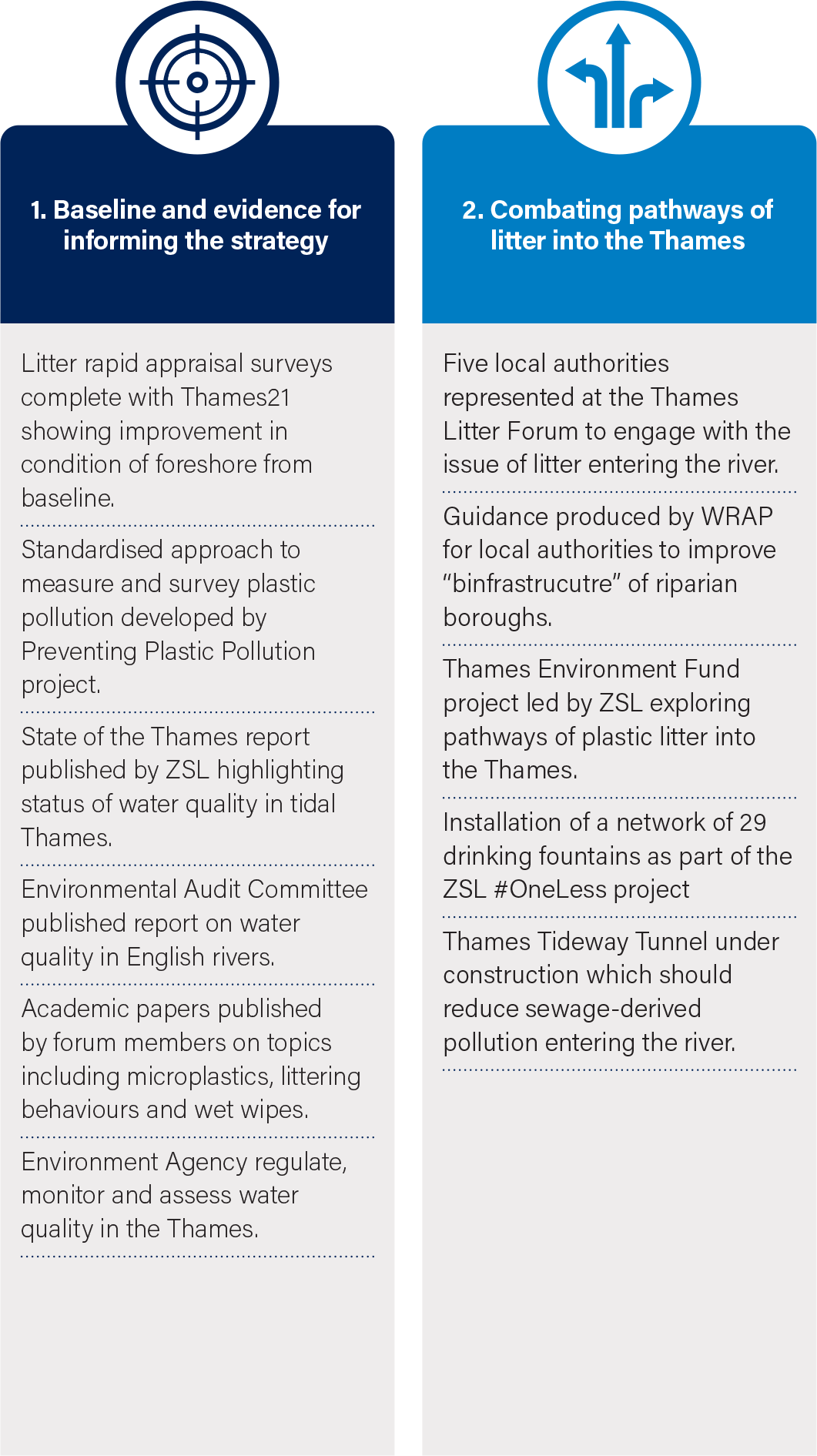

The Clean Thames Manifesto
Tackling sewage pollution through innovative collaboration with the water companies and regulators.
Pollution from storm overflows Combined Storm Overflows (CSOs) and discharges from sewage treatment works is our highest concern. We have been a strong supporter of the Thames Tideway Tunnel and have permitted and licenced its construction. Thames Water estimate a 95% reduction of storm water overflow discharge as a result of the project. We welcome the reduction in sewage discharges the tunnel will bring in London. However, we also expect to see water companies investing in more solutions to reduce sewage discharges.
In 2023, the PLA convened Thames Water, Anglian Water and Southern Water into an agreement to fast-track investment and reductions in sewage and storm water discharges from overflow points and treatment works in our Clean Thames Manifesto. This is a major step in the right direction and we are pleased to be working closely with the water companies and their regulators to go faster and further for the Thames.
We have secured the following commitments in our Clean Thames Manifesto:
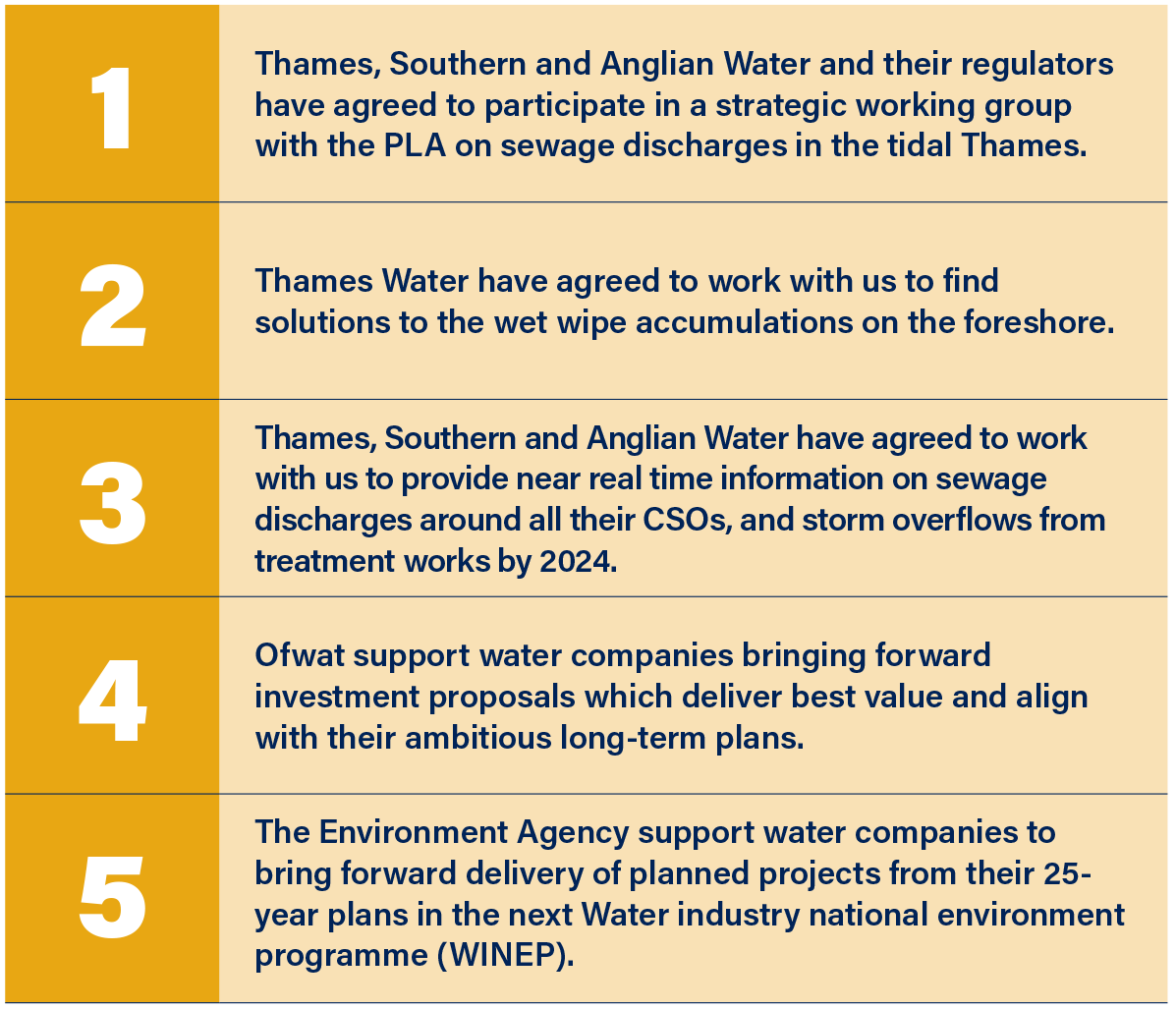
Sewage outflows on the Thames by company

Our vision: A clean Thames
Reducing all forms of pollution in the river has been one of the PLA’s key priorities for many years.
In our role as a Trust Port, we have made progress to reduce pollution in the tidal Thames through actions such as convening the Thames Litter Forum, removing up to 200 tonnes of rubbish each year from the river through our driftwood service, running public awareness campaigns and funding projects through our Thames Environment Fund. However, we want to take this action further by strategically focusing our efforts to bridge the gaps in tackling pollution in the Thames and deliver more benefits to the river. In July 2023, the PLA convened stakeholders and partners from across the tidal Thames in a workshop to discuss how we can achieve the Thames Vision ambition of a Clean Thames. Through this workshop, all stakeholders agreed to ten priority areas for action.
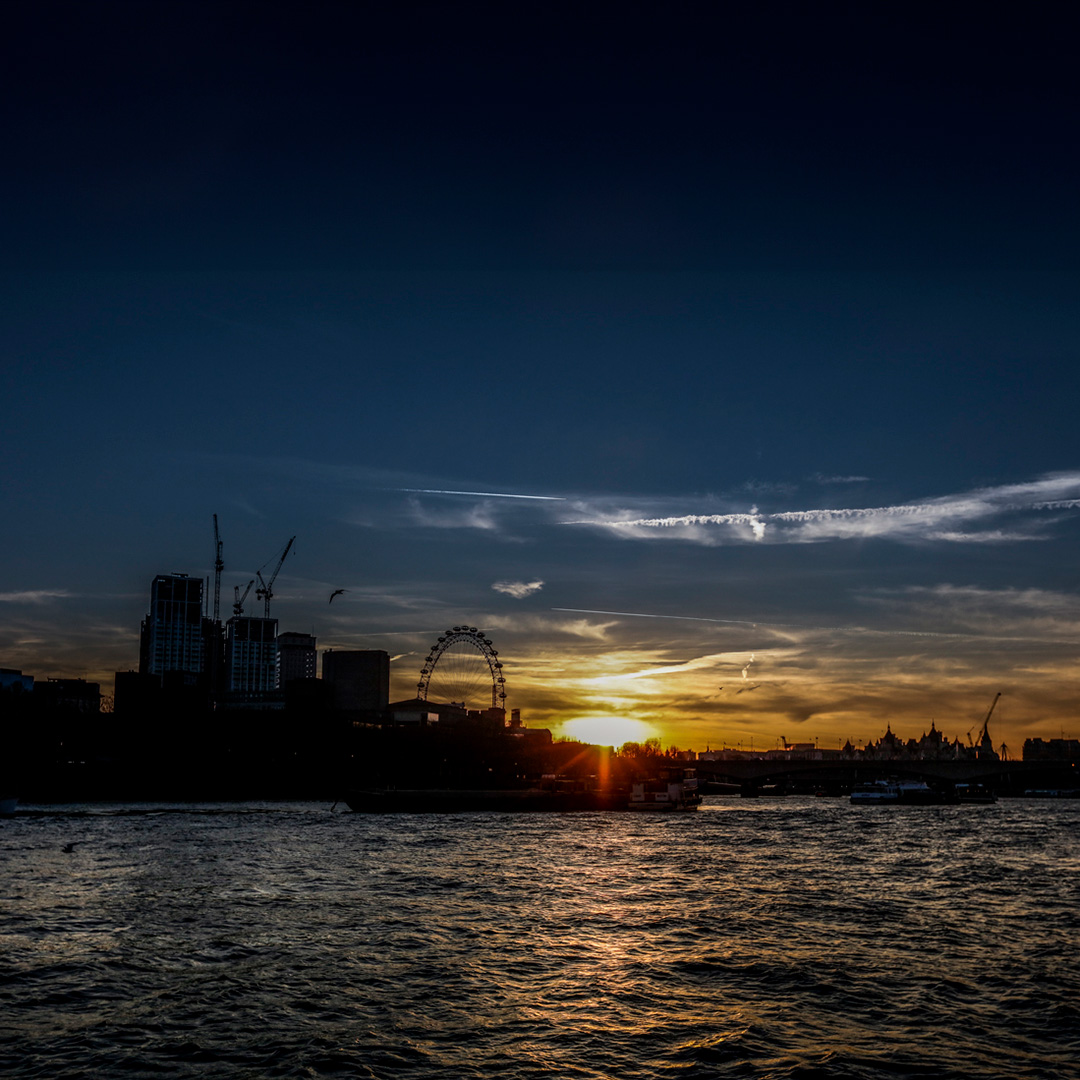
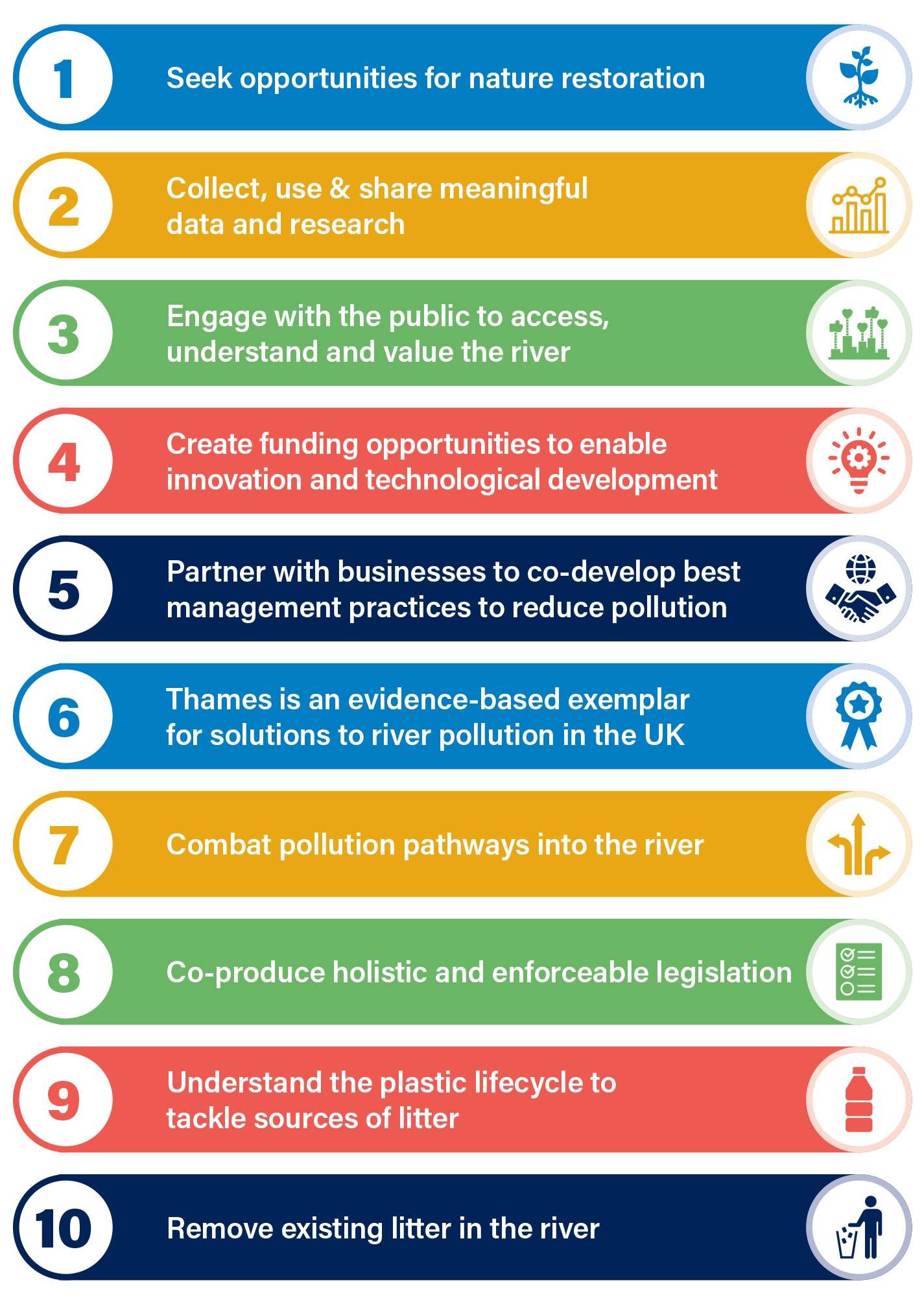
Our vision: A clean Thames
In the Clean Thames Plan, the PLA have committed to delivering actions that will drive forward positive change to support the progress being achieved by our partners along the Thames. Through these actions, we aim to deliver further progress to achieve our vision of a Clean Thames.
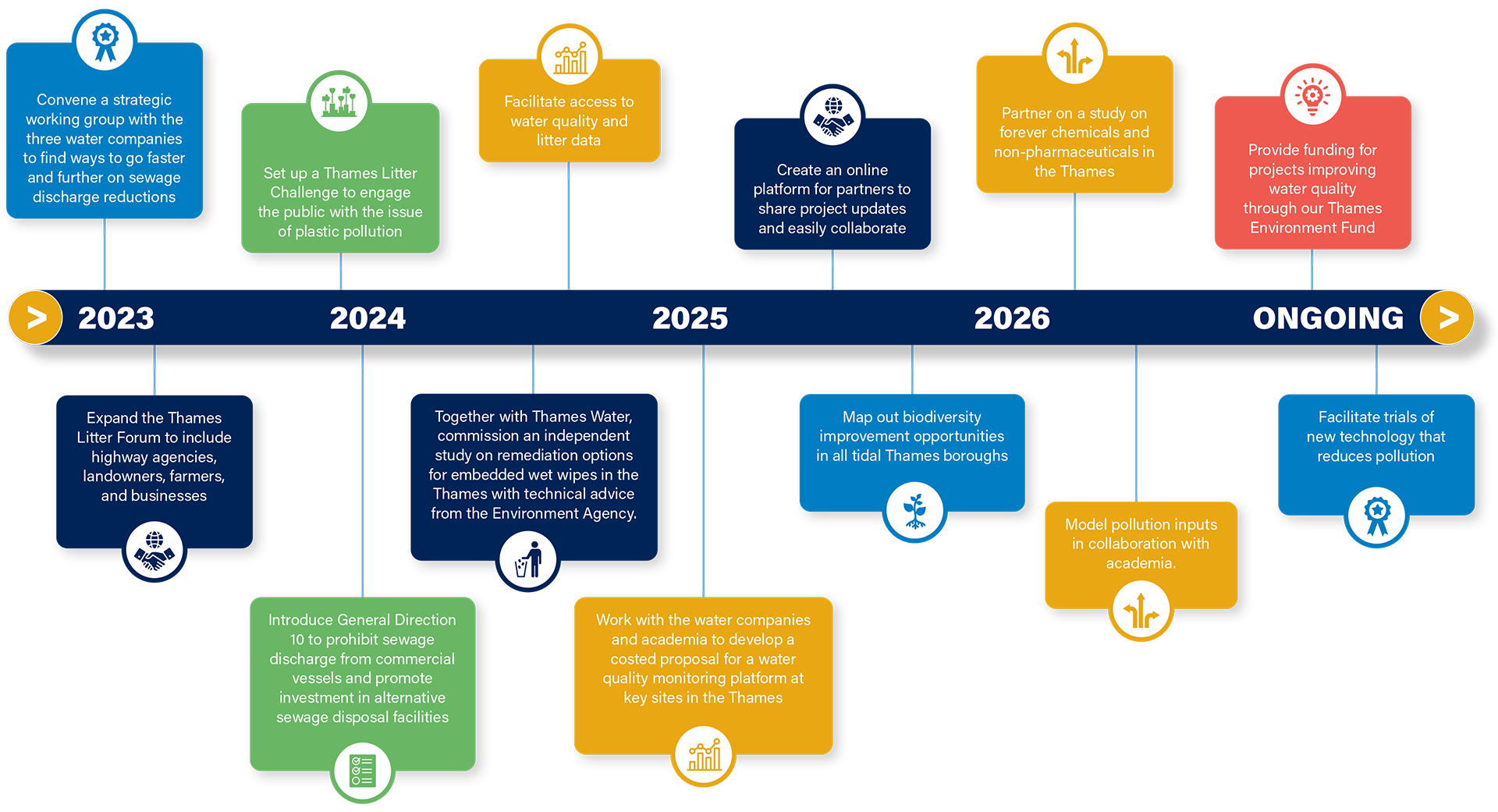
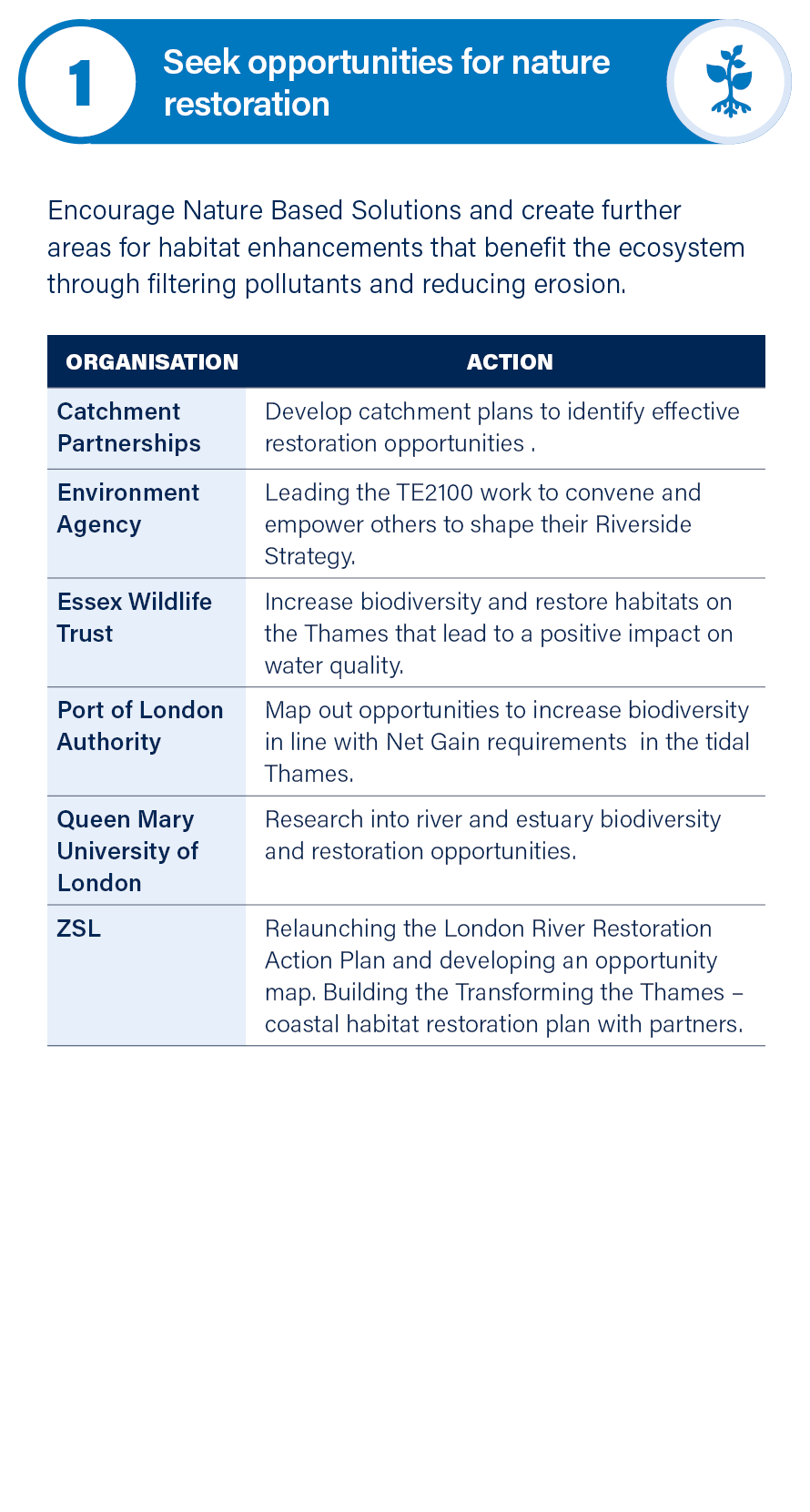
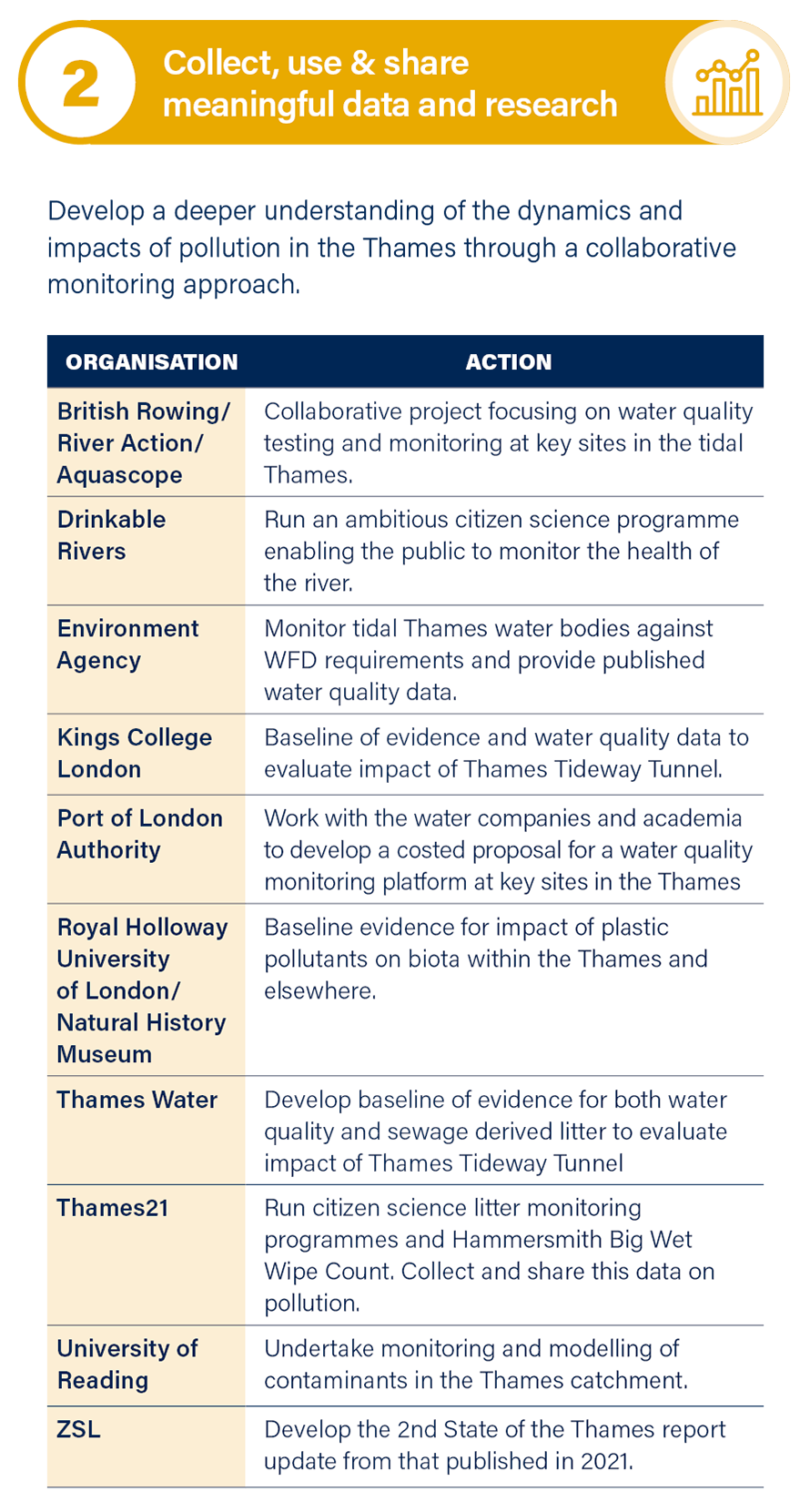
"The British Plastics Federation is pleased to continue supporting this project. Understanding the behaviour behind littering is essential as we move towards a circular economy, as no material should ultimately end up in the Thames or anywhere else in the natural environment."
British Plastics Federation
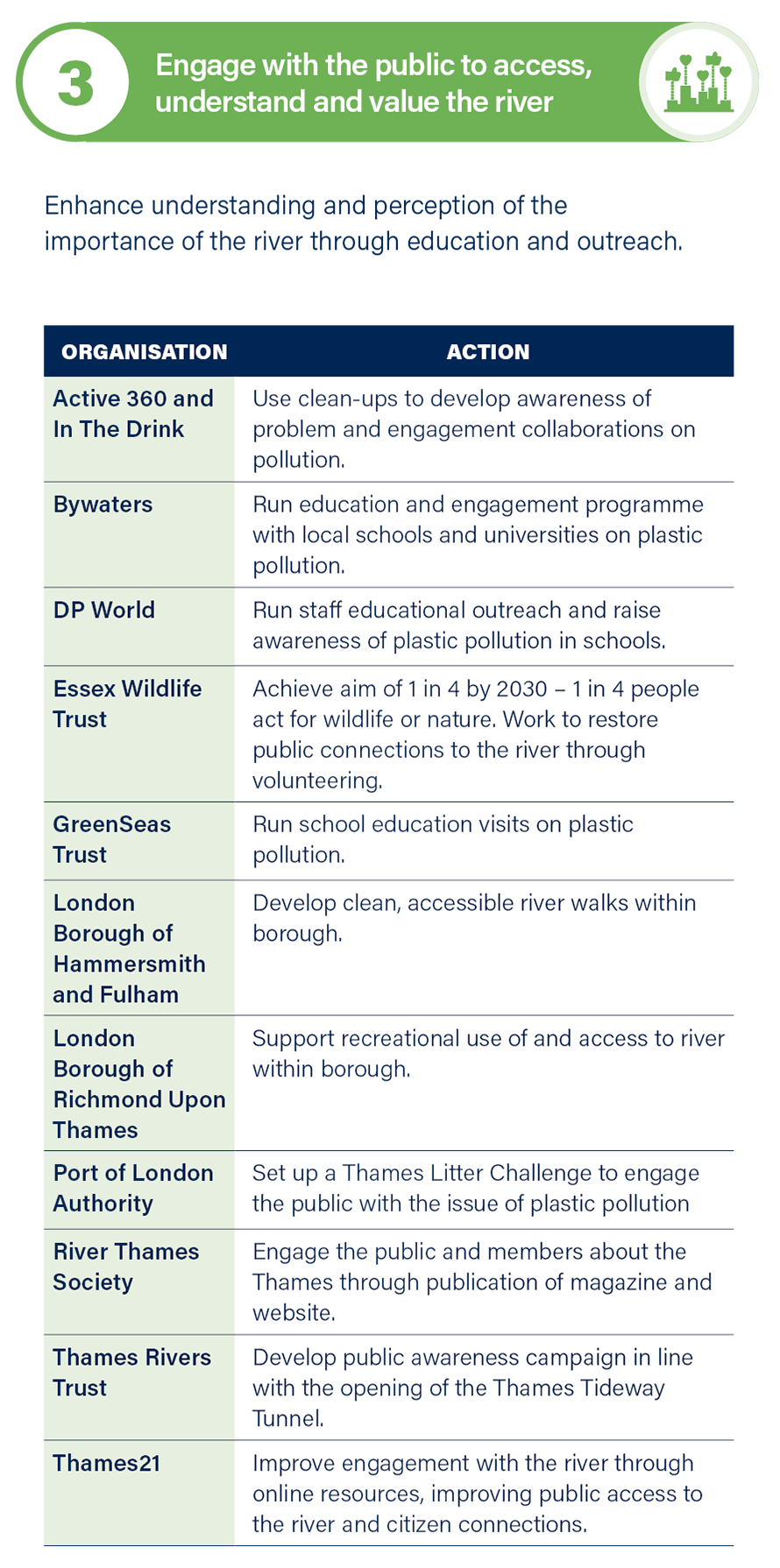
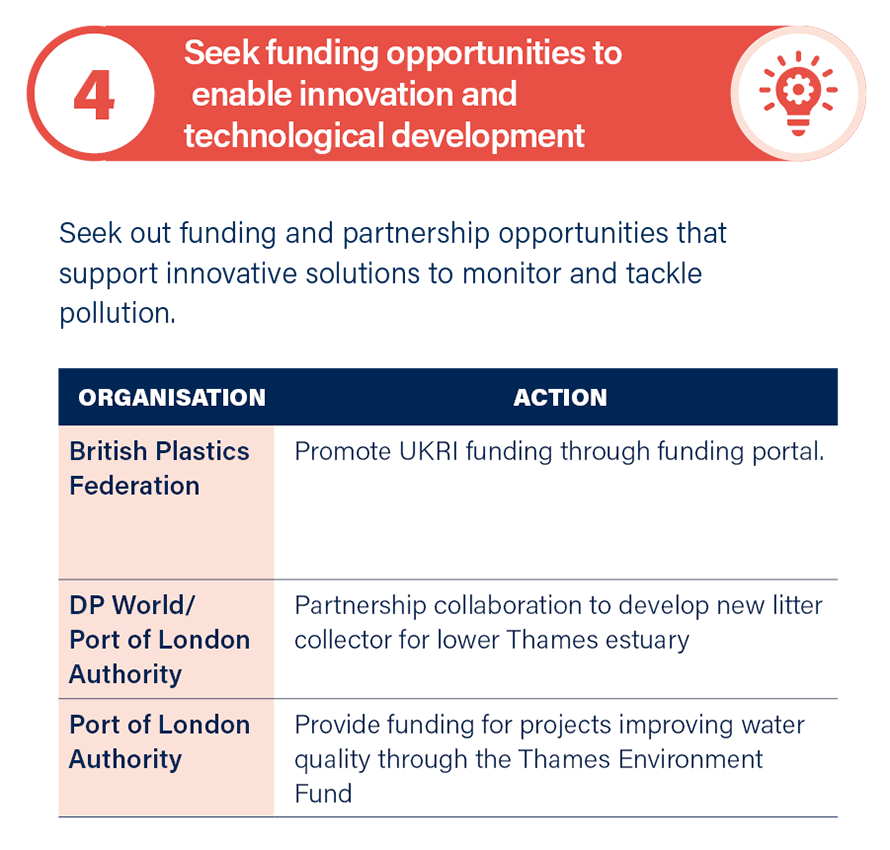
"We are happy to see the Clean Thames Plan published and we look forward to working with partners to create a better River Thames for people and wildlife through our role as a regulator and an advisor."
Environment Agency
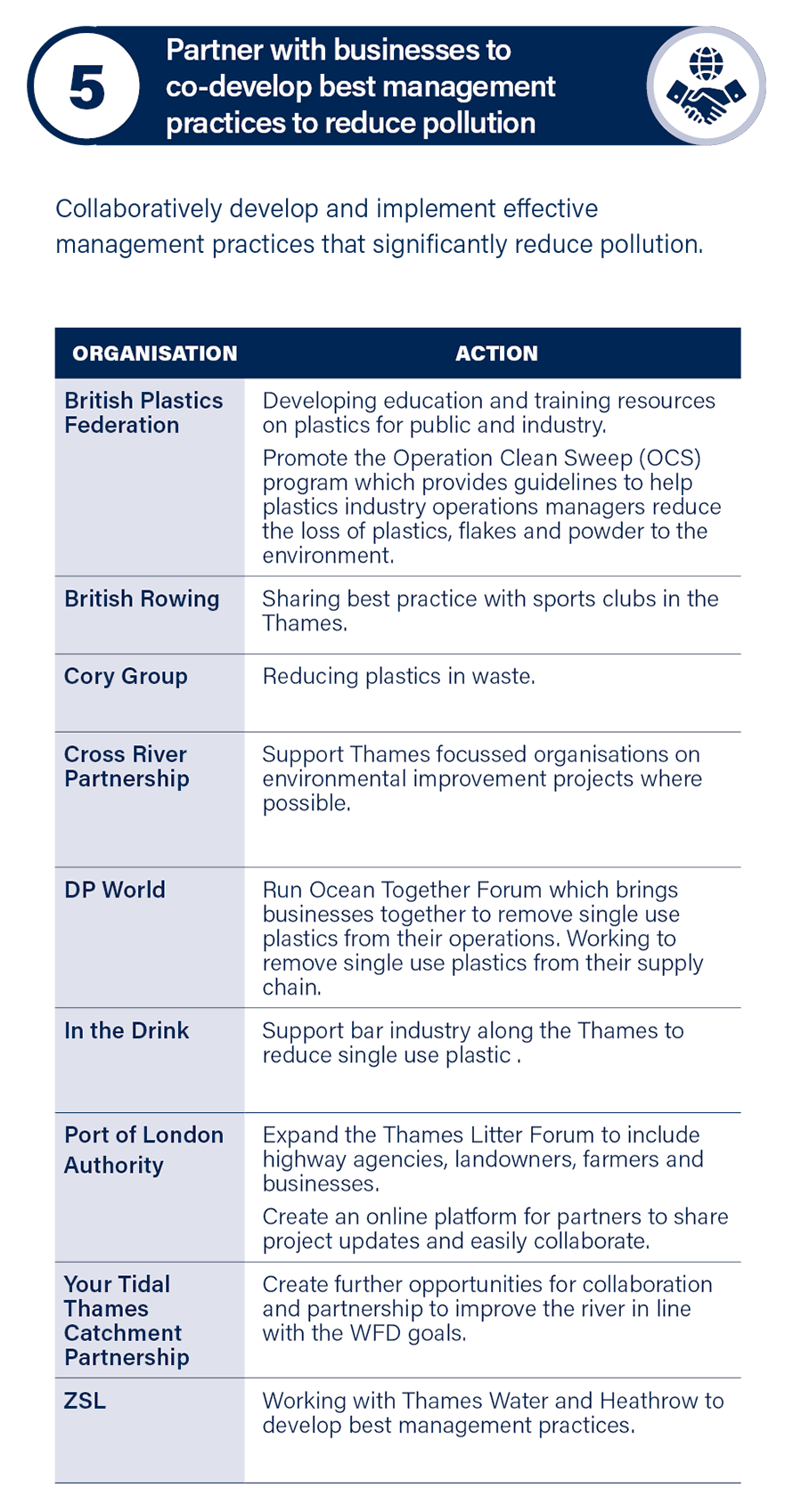
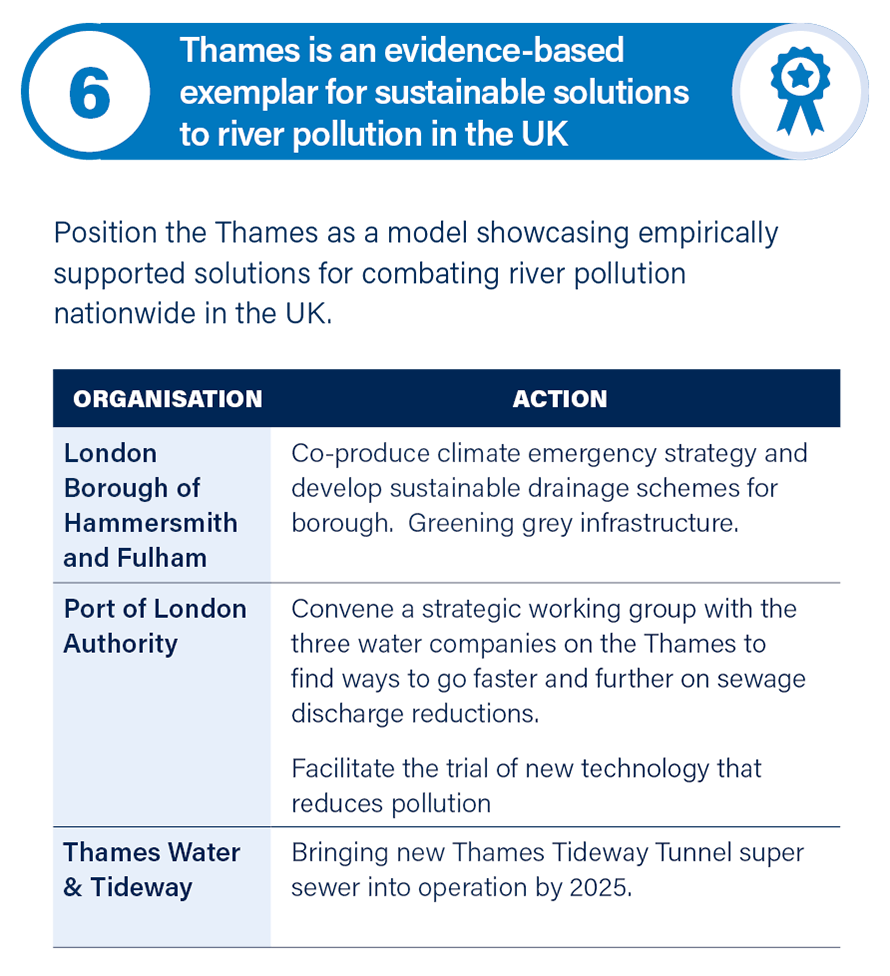
"At British Rowing we welcome the PLA’s Clean Thames Plan and look forward to working together to help create a clean and flourishing environment for our rowers and indeed everyone to enjoy every day."
British Rowing
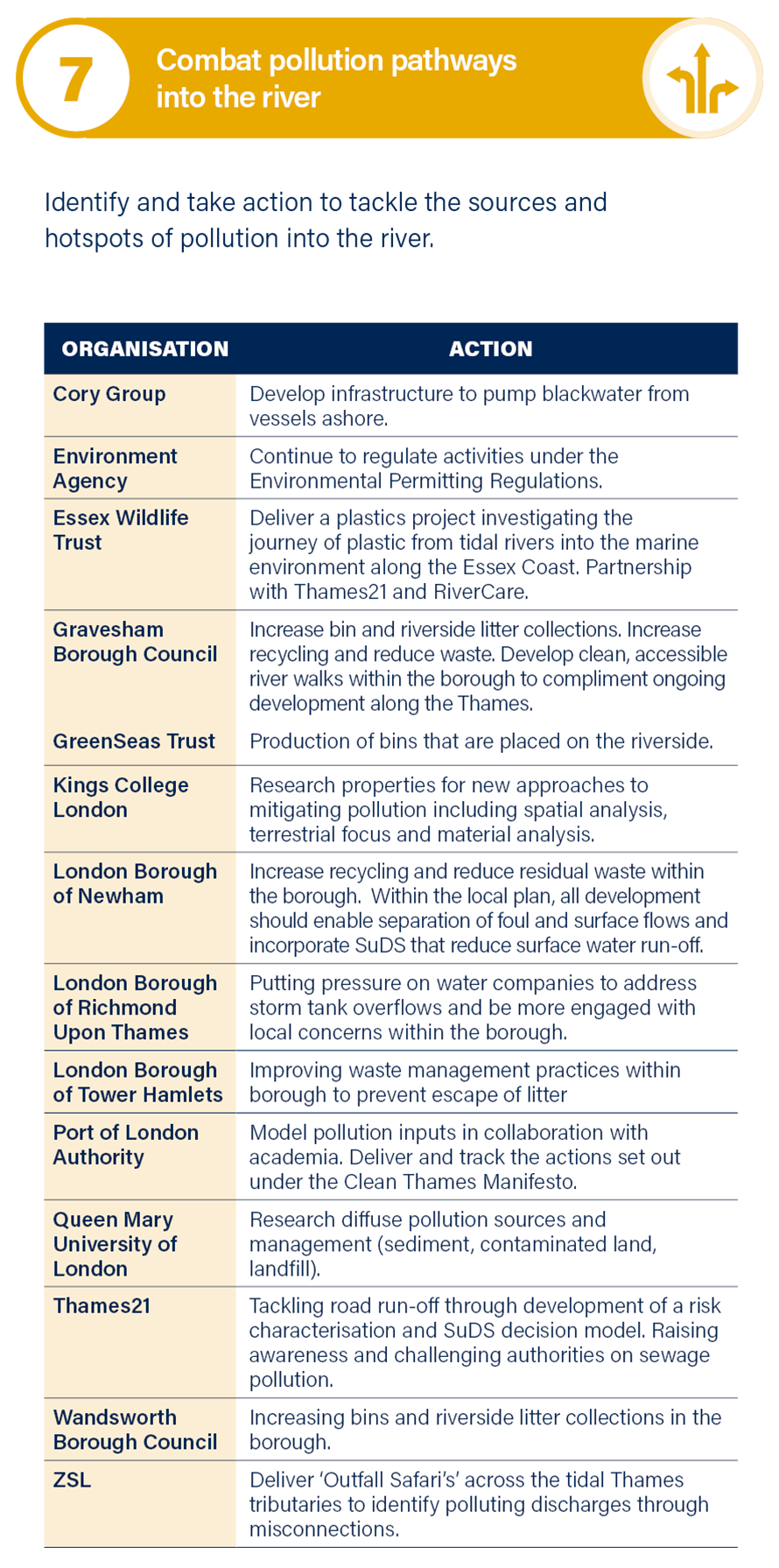
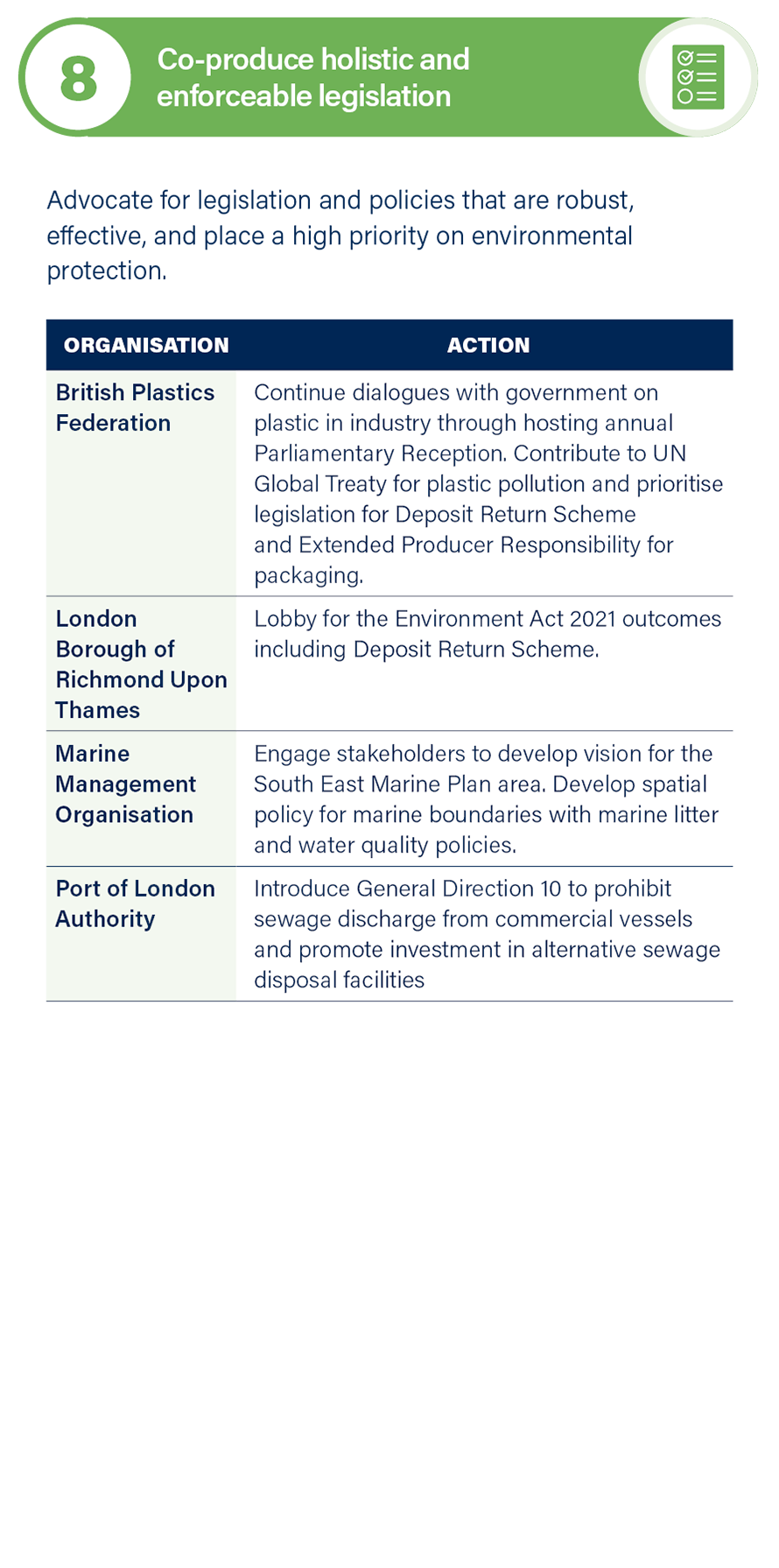
"Whilst we have seen significant progress in water quality through investment in infrastructure, there continues to be adverse pressures on the health of wildlife in the Thames including from impact of chemicals and the rising tide of plastics. The Clean Thames Action Plan will help us collectively tackle these threats so that we can achieve the shared ambition of the river’s water quality be consistently good enough to reach its wildlife potential and be safely enjoyed by people."
Zoological Society of London
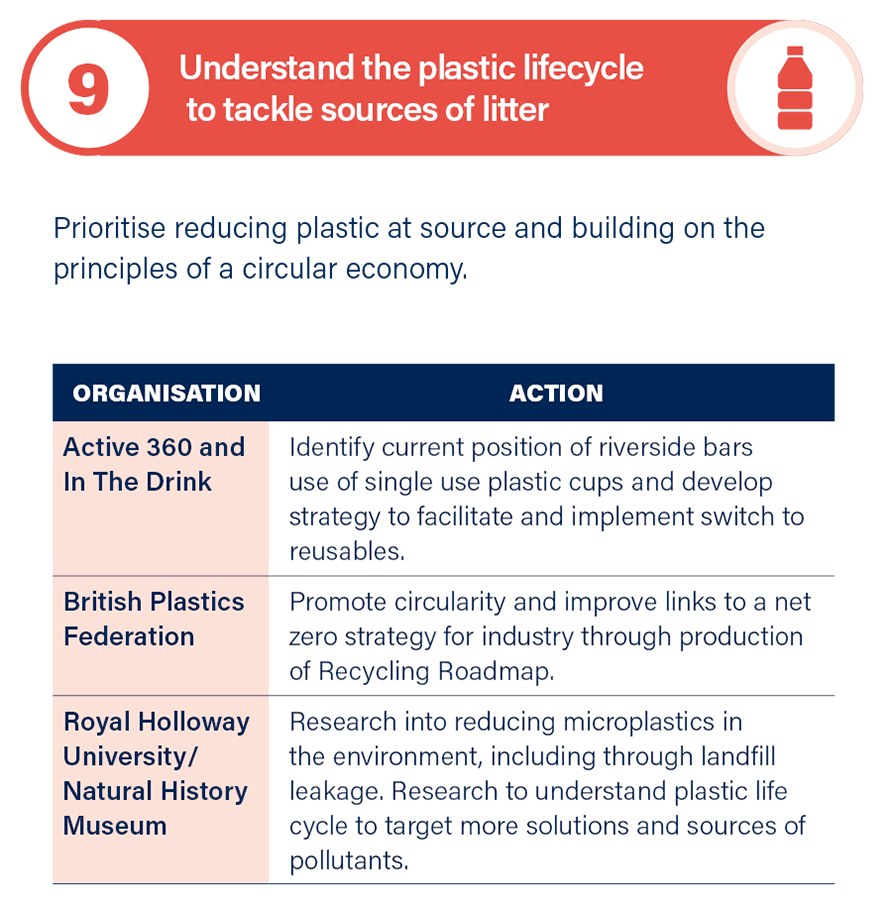
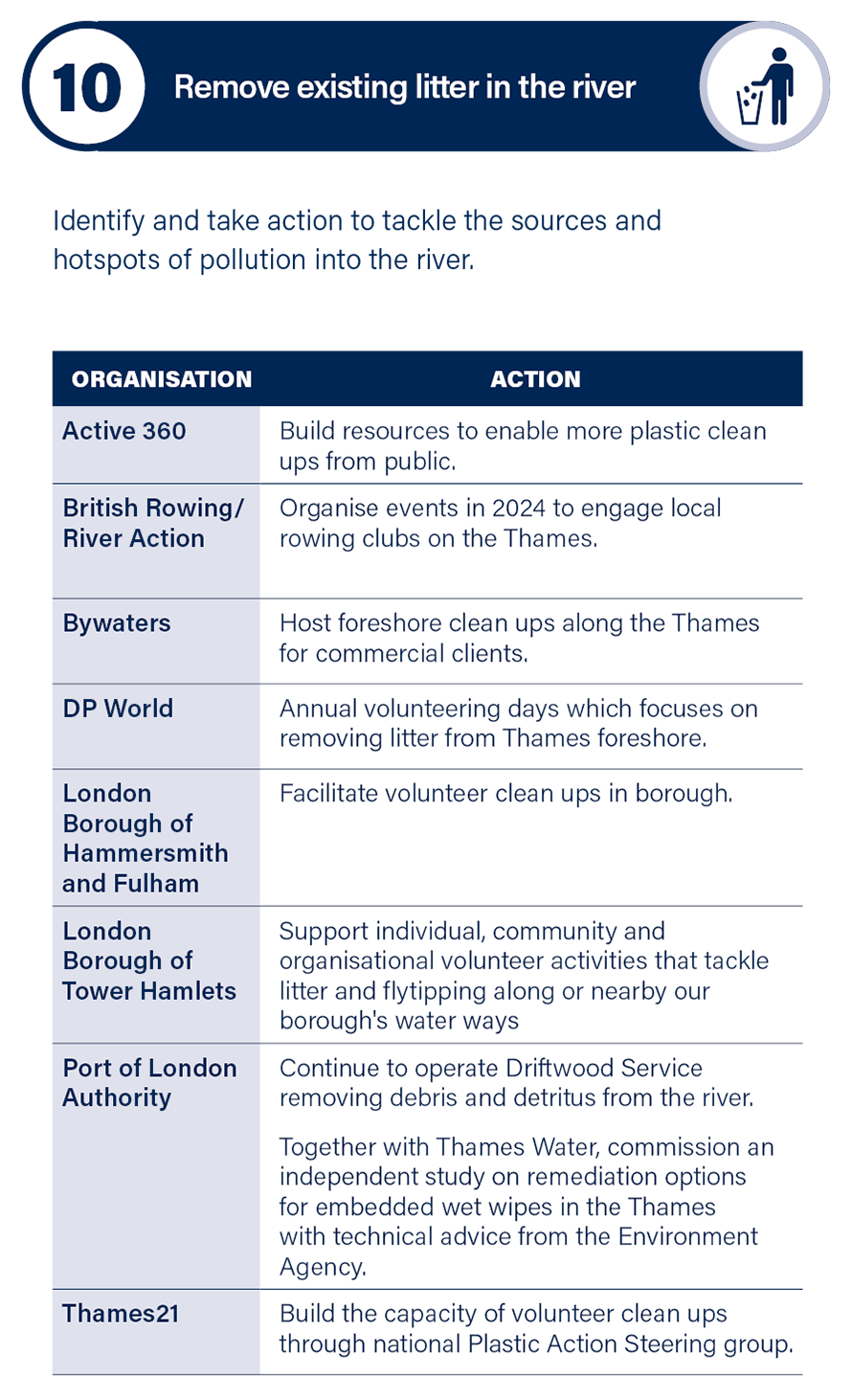
"At the PLA, we want the river to be the cleanest it has been since the industrial revolution. But we know we can’t do it alone. The collaborative efforts of our partners and stakeholders who have participated in the development of this strategy are crucial and we extend our deep appreciation to all of you. A special mention and thanks to the Thames Litter Forum for their dedicated work and unwavering engagement in delivering the actions set out in the previous Thames Litter Strategy. Your commitment to this cause is truly commendable and invaluable to this vision. This new action plan stands as a testament to the power of collaboration and shared dedication. We look forward to achieving our joint vision for the river together."
Grace Rawnsley
Director of Sustainability and Net Zero Transition
[1] Environment Agency, “Environment Agency - Catchment Data Explorer,” environment.data.gov.uk, 2022. https://environment.data.gov.uk/catchment-planning (accessed Sep. 2023).
[2] ZSL, “The State of the Thames 2021: Environmental trends of the Tidal Thames,” McCormick, H., Cox, T., Pecorelli, J., and Debney, A.J. (Eds), Regent’s Park, London, UK, 2021. Accessed: Sep. 07, 2023. [Online]. Available: https://cms.zsl.org/sites/default/files/2022-10/ZSL_TheStateoftheThamesReport_ Nov2021_0.pdf?_ga=2.266511502.1227659184.1694073430-1611245276.1694073429
[3] Y. Peng, P. Wu, A. T. Schartup, and Y. Zhang, “Plastic waste release caused by COVID-19 and its fate in the global ocean,” Proceedings of the National Academy of Sciences, vol. 118, no. 47, Nov. 2021, doi: https://doi.org/10.1073/pnas.2111530118.
Discover


